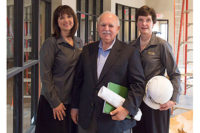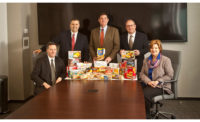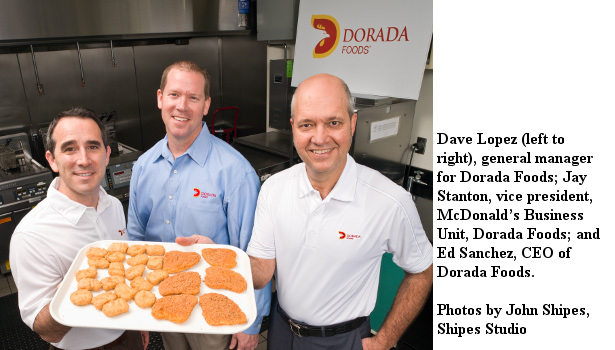Dorada Foods: heeding the call
Dorada Foods filled McDonald’s need for an additional chicken supplier, and the young company now has its sights set on expansion built around the success of its parent companies, Lopez Foods and Tyson Foods.










Real-time engagement
When Dorada Foods built its processing facility in Ponca City, Okla., it did so with the idea of keeping employees as highly informed on their own performance statistics, particularly in the realm of efficiency, food safety and quality. Although that is not a novel concept by any means, Dorada went about communicating the data to employees in a unique fashion, by installing big-screen monitors in its processing rooms, visible to all employees on the lines. These large, flatscreen panels broadcast real-time performance data to employees on the floor. Andy Hanacek, editor-in-chief of The National Provisioner, discussed this approach with the Dorada executive team during his visit to the facility in March. What follows is a transcription of their conversation:
Hanacek: How did the concept of having the real-time data up on a big-screen TV on the processing floor develop and what was the impetus behind it?
Dave Lopez, general manager, Dorada Foods:Employees love to know how they’re performing each day, and any time during the day they can look at the screen and see their performance ratings: How many pounds per hour they have; how many defects they have; what type of changes they have to make. It’s real-time, so they have immediate feedback on what type of job they’re doing and how they’re impacting the company, which empowers them to make better decisions.
Ed Sanchez, chief executive officer, Dorada Foods: You can’t run this size of a company without having employee engagement, and that engagement means giving them the power to make decisions. In order for them to make those decisions, you have to provide information real-time, like Jay is saying, to make correct and timely decisions. And we have our STAR [Systems, Training, Actions, Results] program, through which we measure everything. Due to the competitiveness of our global industry and our adherence to our self-imposed standards, we share these measurements and want to be able to make decisions based on them. There are other plants that we compete against, and we want to be the best we can be.
Jay Stanton, vice president, McDonald’s Business Unit, Dorada Foods:When you give employees a goal every morning, if they can monitor that goal all day long and know they’ve achieved or even bettered it at the end of the day, they feel much more confidentabout their jobs. They feel a better sense of prideabout the company they work for, and it creates a little competition between shifts. It provides them satisfaction in a job well-done.
Hanacek: It’s a great idea that seems like a small thing to do, but when you talk about food safety and food quality, obviously, those things are a big deal. Can you talk about how these TV monitors play into Dorada achieving and improving upon its food-safety and quality goals?
Stanton: First-pass quality is vital in our industry. Defects cost money. So when we see their first-pass quality numbers flashing up on the board every five minutes, they understand they’re doing a heck of a job, and that they’re hitting or beating their targets.
Sanchez: It wasn’t easy putting those flatscreens up in that environment. They’re also expensive to enclose and install. But I think you get all of that expenditure back through the employee engagement. These are definitely the right tools for the right jobs.
Lopez: Everything we do is automatically batched, automatically tracked. We take real-time data to make real-time adjustments, so we don’t have to go back two hours to say, “Oh, here’s the change. Let’s go back and make our adjustments.” We make our adjustments on the fly — it’s instantaneous.
Looking for a reprint of this article?
From high-res PDFs to custom plaques, order your copy today!












